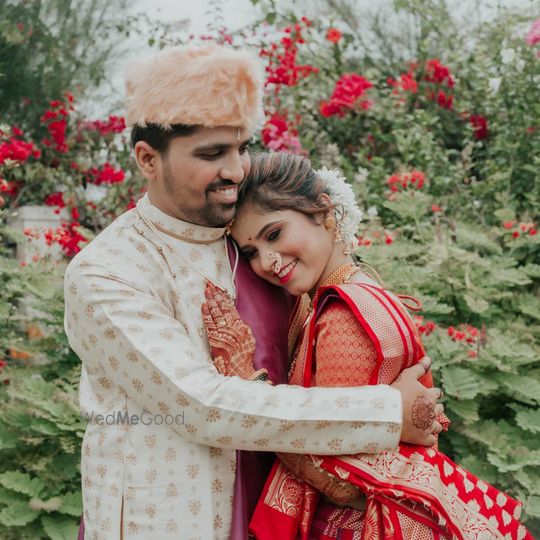
Exploring Lighting Techniques in Amateur Photography
Understanding the Importance of Lighting
Lighting is one of the most critical elements in photography, influencing the mood, atmosphere, and overall quality of your images. As an amateur photographer, delving into various lighting techniques can significantly enhance the impact of your photographs. Whether you’re shooting indoors or outdoors, understanding how to manipulate and work with light is key to achieving professional-looking results.
Mastering Natural Light
One of the most accessible and versatile light sources for amateur photographers is natural light. When shooting outdoors, pay attention to the direction, intensity, and quality of sunlight. Soft, diffused light during the golden hours (early morning or late afternoon) can create a warm and flattering glow, perfect for portraits or landscapes. Experiment with backlighting, sidelighting, and frontlighting to add depth and dimension to your photos.
Utilizing Reflectors and Diffusers
In situations where natural light needs a little enhancement or modification, reflectors and diffusers come in handy. Reflectors bounce light back onto your subject, filling in shadows and creating a more balanced exposure. On the other hand, diffusers soften harsh light, reducing contrast and creating a more pleasing, even illumination. Invest in portable reflectors and diffusers to control and manipulate light in various shooting conditions.
Exploring Artificial Lighting Options
While natural light is versatile, there are times when you’ll need to rely on artificial lighting sources, especially when shooting indoors or in low-light environments. Experiment with different types of artificial lights, such as continuous lights, strobes, and speedlights. Continuous lights provide a constant light source, making it easier to see and adjust the lighting setup. Strobes and speedlights, on the other hand, offer powerful bursts of light, ideal for freezing action or adding drama to your photos.
Understanding Color Temperature
Another aspect of lighting that amateur photographers should be familiar with is color temperature. Different light sources emit varying color temperatures, measured in Kelvin (K). Warm light sources, like candlelight or tungsten bulbs, have lower color temperatures (around 2000-3000K), resulting in a reddish-orange hue. Cool light sources, such as daylight or LED bulbs, have higher color temperatures (5000-7000K), producing a bluish tone. Understanding color temperature helps you achieve accurate white balance and mood in your photographs.
Experimenting with Light Modifiers
Light modifiers, such as softboxes, umbrellas, and grids, allow you to shape and control the quality of light. Softboxes produce soft, diffused light ideal for portraits, product photography, and still life. Umbrellas create a broader, softer light spread, suitable for larger scenes or groups of people. Grids help control the direction and spill of light, providing more focused and directional illumination. Experimenting with different light modifiers can add versatility and creativity to your lighting setups.
Balancing Ambient and Artificial Light
In some situations, you may need to balance ambient (existing) light with artificial light sources. This can be challenging but rewarding, as it allows you to create a natural-looking yet enhanced lighting environment. Use a combination of exposure settings, light modifiers, and positioning to blend ambient and artificial light seamlessly. Pay attention to shadows, highlights, and overall lighting balance to achieve a harmonious and visually pleasing result.
Embracing Low-Light Photography Techniques
Low-light photography presents unique challenges but also opportunities for creative experimentation. When shooting in low-light conditions, increase your camera’s ISO sensitivity to capture more light. Use a tripod or stabilize your camera to avoid blur from camera shake. Experiment with long exposures to capture movement or light trails, adding a dynamic element to your photos. Embrace the moodiness and ambiance of low-light scenes to create compelling and atmospheric images.
Developing Your Lighting Style
As you explore different lighting techniques in amateur photography, don’t forget to develop your unique lighting style. Pay attention to the way light shapes and enhances your subjects, whether it’s highlighting textures, creating dramatic shadows, or emphasizing details. Experimentation, practice, and observation are key to discovering what lighting techniques resonate with your artistic vision and storytelling.
Continuing to Learn and Experiment
Learning about lighting techniques in amateur photography is an ongoing journey. Stay curious, attend workshops or online tutorials, and practice regularly to refine your skills. Don’t be afraid to experiment, make mistakes, and learn from them. Each photography session is an opportunity to grow and evolve as a photographer, especially when it comes to mastering the art of lighting. Read more about amature photography tips




